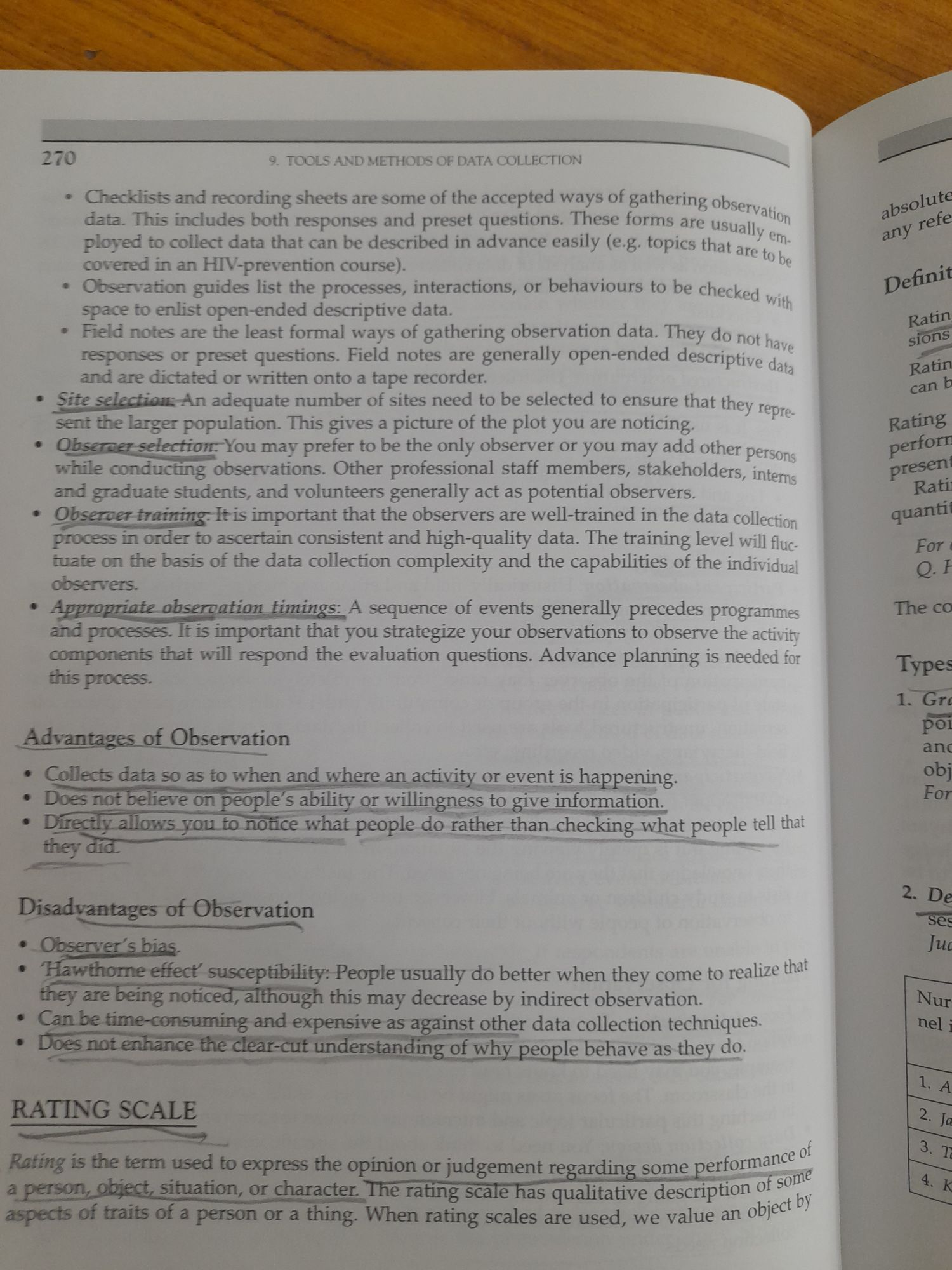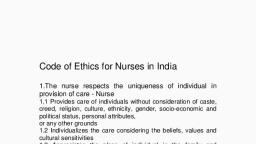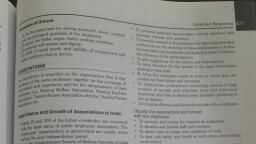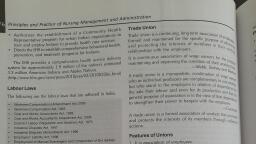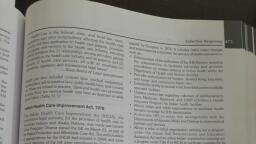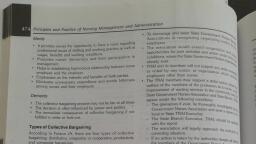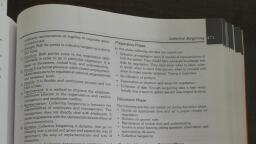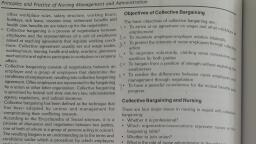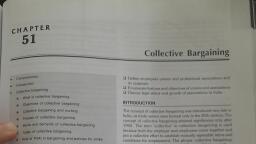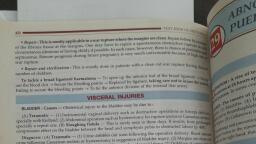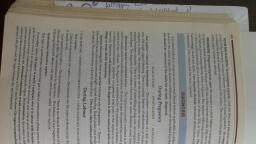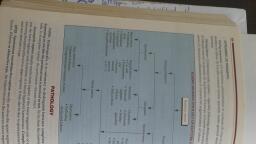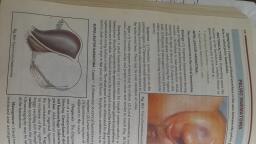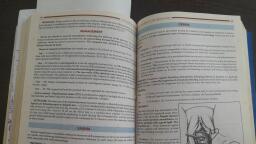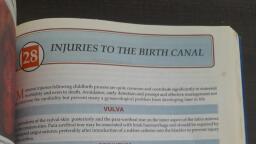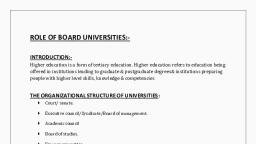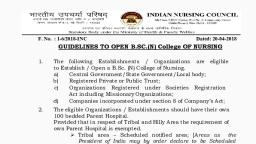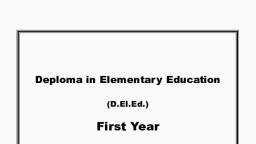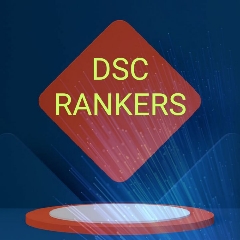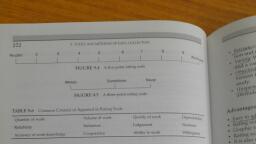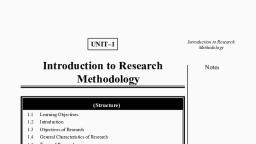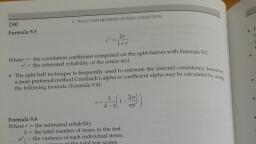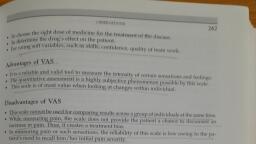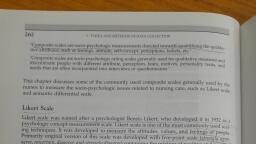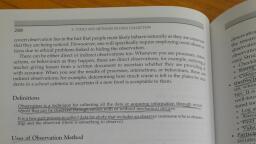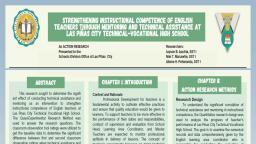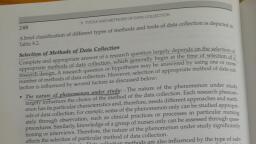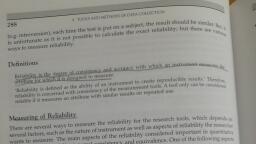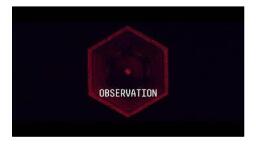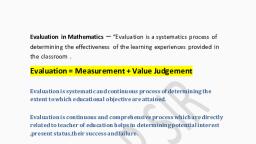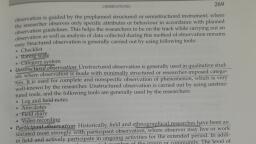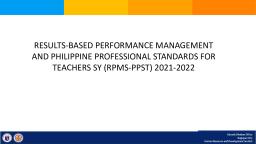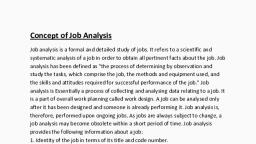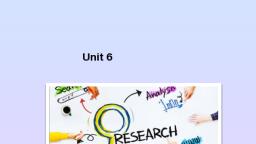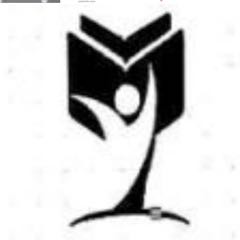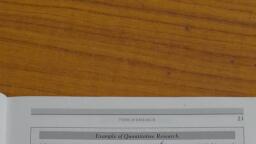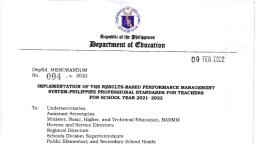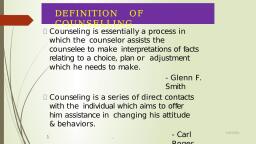Page 1 :
270, , iD METHODS OF DATA COLLECTION, , , , * Checklists and recording sheets are some of the accepted ways of gathering obs. i, data. This includes both responses and preset questions. These forms are usy, ally ay, ployed to collect data that can be described in advance easily (e.g. topics that ar, to, covered in an HIV-prevention course)., , * Observation guides list the processes, interactions, or behaviours to be checke dy, space to enlist open-ended descriptive data., , * Field notes are the least formal ways of gathering observation data. They do not ha, Fespomses OF preset questions. Field notes are generally open-ended descriptive 4.,, and are dictated or written onto a tape recorder. :, , * Site selectiauw:An adequate number of sites need to be selected to ensure that they y rep, sent the larger population. This gives a picture of the plot you are noticing., , ° You may prefer to be the only observer or you may add other per, while conducting observations. Other professional staff members, stakeholders, inter, and graduate students, and volunteers generally act as potential observers., , . fraining- itis important that the observers are well-trained in the data collectio,, Process in order to ascertain consistent and high-quality data. The training level wil :, tzate on the basis of the data collection complexity and the capabilities of the individus, observers., , . vation s: A sequence of events generally precedes progra, and processes. It is important that you strategize your observations to observe the a, Components that will respond the evaluation questions. Advance planning is needed for, , this process., Advantages of Observation, * Collects data so as to when and where an activity or event is happening., Delieve on people’, , © Does not e’s ability or willingness to give information., . Dials you once wha people do rather than checking \ “what people tell that, they, , See, , ee ervation, , . ee ili eople usually do better when they come to realize that, are iced, this may decrease by indirect observation., , an be time-cons yainst other data collection techniques., ° Does not enhance thé clear-cut understanding people behave as they do., , , , , , , , , , , , , , RATING SCALE, , Rating is the term used to express the opinion or teonent regarding some performanc® ., , ne, a person, object, situation, or character. The rating S qualitative description of, , b, aspects of traits of a person or a thing. When rating ek we value an object y, , eer
